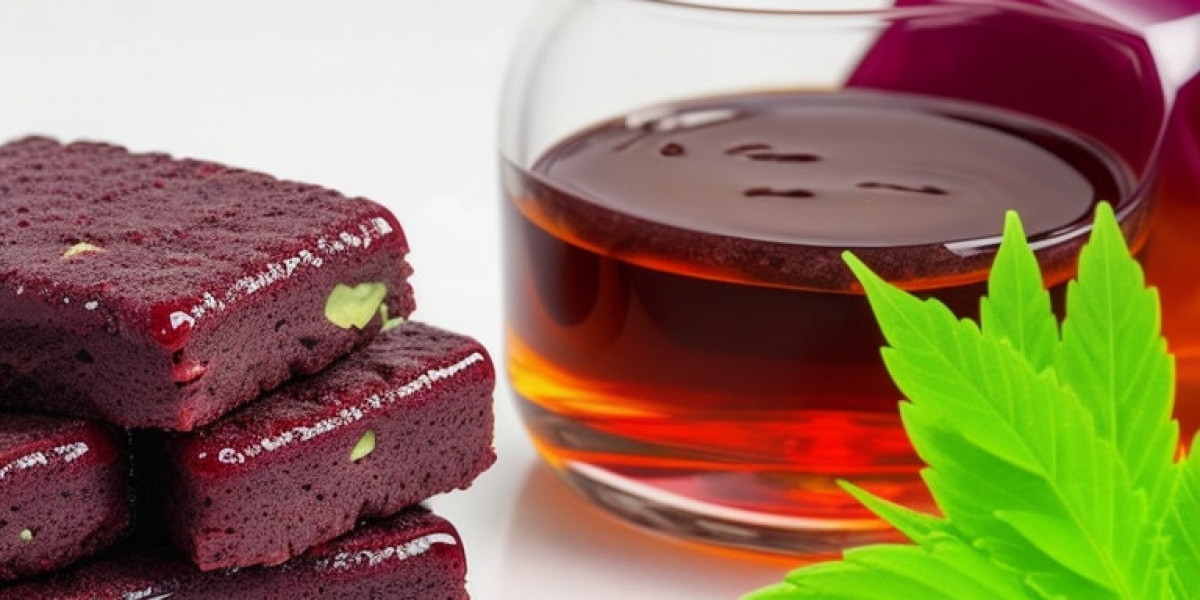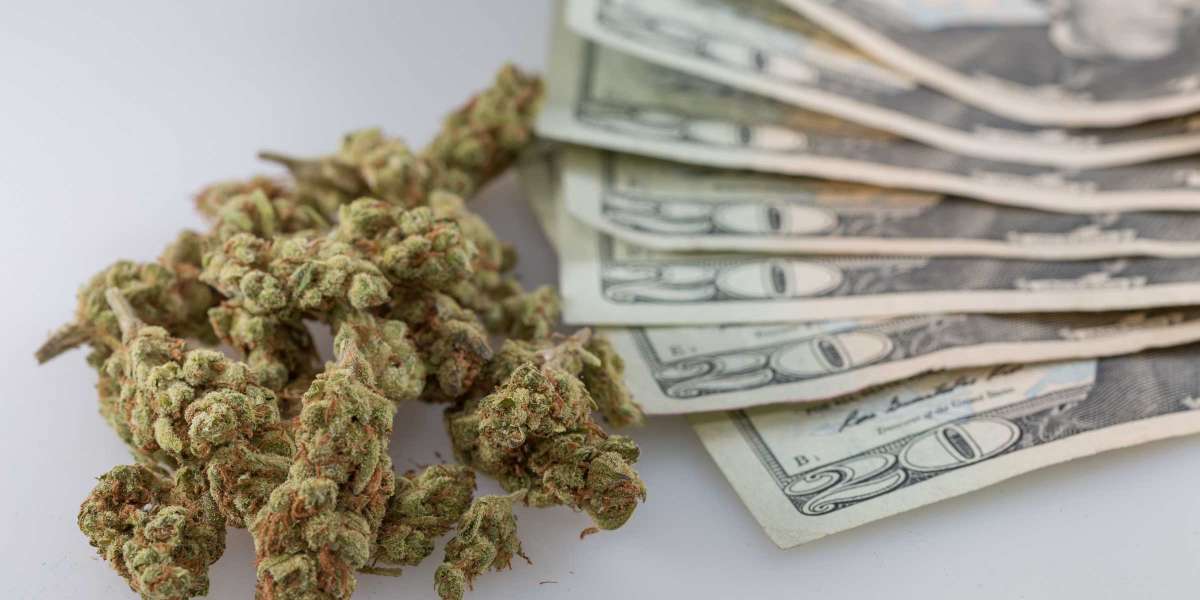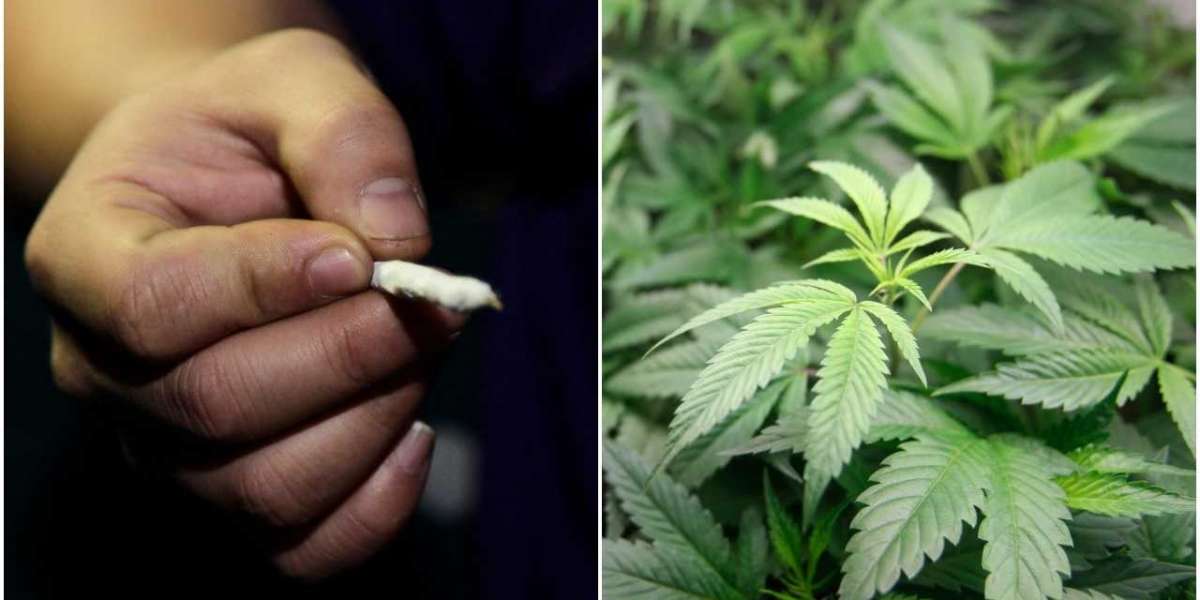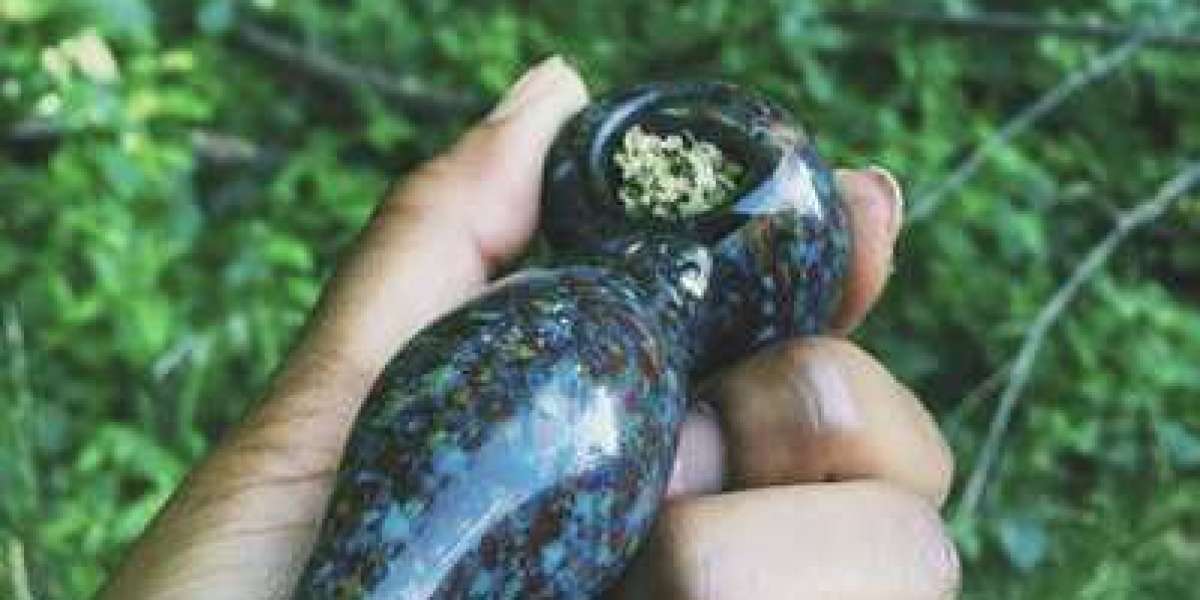Starting Sept. 1, cannabis retailers and manufacturers can sell edible products with 10 milligrams of THC. That’s double the 5mg limit that has been on the books since Alaska’s legal cannabis industry opened its doors to retail customers in 2016. While that might sound like a large, potent step up in an evolving retail category that includes everything from cookies to gummy candies to ice cream and fruit sodas, it brings Alaska’s relatively conservative regulations in line with what other state’s have adopted.
“I don’t consider this a substantive change,” said Marijuana Control Board Chair Nicholas Miller during the body’s June meeting, where the regulation was changed.
Miller pointed out that Alaska’s regulatory approach to dosage standards as the industry matured has been “low and slow.”
“I think overall it’s been a success,” Miller added shortly before the body passed the measure 2 to 1.
Under the new regulations, up to 10mg of THC can be sold in packages of 10 or fewer edible products. Even with double the potency, that’s still well below the daily limit 5,600mg of THC Alaskans are legally allowed to purchase and has no bearing on far stronger products like concentrates.
“There was definitely a demand for higher potency,” said Shaun Tacke, one of the owners of Good Titrations, a manufacturing and retail business in Fairbanks.
“5mg doesn’t cut it for a lot of people,” he added. “Some people have a tolerance that’s massive.”
Among his customers, edibles move quickly particularly gummies. Tacke and his partners had been waiting for the regulatory change, and plan on quickly preparing more potent products for sale. That’s the same case for Lady Gray, a Soldotna-based business that makes gourmet edibles like THC infused southern-style sweet tea and cinnamon raisin almond butter.
“Moving to 10mg per piece and 100mg per package we feel is a big win for both the legal industry and the consumers,” wrote Lady Gray owner Tasha Grossl in an email. “Depending on the sizes and flavor profiles, some items will be a good fit with minor reformulations while others will take more work to have the desired flavors matching the desired potencies.”
For manufacturers, Grossl wrote, the change is significant because it will reduce the price per THC milligram in the edibles market. Basically, it’ll be slightly cheaper to get slightly higher. Manufacturers can double the potency of a single cookie, gummy or muffin, but keep all other costs flat: non-cannabis baking ingredients, testing fees, labor expenses, packaging costs, and general overhead.
“This is huge on packaging too as we migrate to larger amounts allowed in each package,” Grossle wrote.
“It’s really expensive to produce these tiny little 5mg servings, because you can pack more punch into a 10mg unit,” said Jana Weltzin, an attorney who represents a number of alcohol and cannabis clients.
Weltzin said that in addition to meeting consumer demands, she viewed the rule change as positive because it gives businesses more flexibility in the products they can sell. Like many others working inside the industry, she sees fews dangers in slightly more potent edible products. Her main concern that if the federal government shifts towards full legalization in coming years, its regulatory standards could tack toward more conservative, lower potency limits on products. In which case testing labs and manufacturers might find themselves having to walk back liberalizations currently underway.
“They could really change things up in a really destructive manner,” Weltzin added.
She’s advising her clients to proceed cautiously with their investments.
Source: https://www.adn.com/alaska-marijuana/2021/08/08/thc-levels-in-edibles-can-now-double-in-alaska-what-does-that-exactly-mean/



